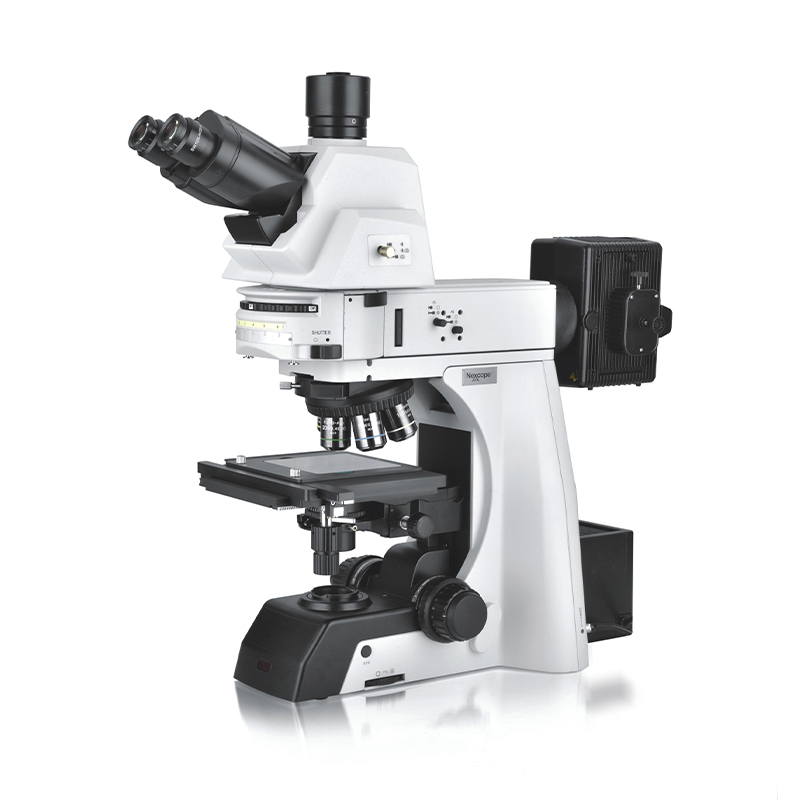Irrigation and fertilization to remedy wheat frost damage
The rapid germination of wheat latent buds into ear is the biological basis for the reconstitution of high-yield populations after freezing. The timely irrigation and fertilization of wheat after freezing can still recover considerable losses.
Irrigation after freezing. Watering is a key measure to remedy night frost damage. To remedy the freezing damage to the wheat field, the quality of the irrigation must be paid attention to, and the irrigation should be filled immediately after freezing. Large-area, multi-point surveys have shown that in the case of dry weather (including wheat fields where soil moisture is not too bad), the most effective remedy for night frost damage is watering. The more water is poured, the faster the recovery and the higher the quality of the ear. The quality of watering is very important. Immediately after freezing, it should be filled with water, and it should be fully poured and poured.
Topdressing after freezing. In the case of watering, the application of nitrogen fertilizer can increase the rate of new tillering and increase the number of panicles per acre, but the maturity is delayed and the 1000-grain weight is lower. The survey found that some of the grievances were slightly better. After freezing, there was no watering, and only the plots for topdressing were poor. After freezing, the productivity recovery was poor, far less than the plots that only watered and did not topdress. Practice has shown that the remediation of night frost damage must be based on water, and supplementation can only be used as an auxiliary measure.
(Yang Yushi)
Metallographic Microscope Series
The structure of optical metallographic microscope generally includes magnification system, optical path system and mechanical system, among which the magnification system is the key part. The preparation process of metallographic samples generally includes five steps: sampling, rough grinding, fine grinding, polishing and etching. The interception of samples from metallic materials and parts to be tested is called "sampling". Selection of sampling sites and grinding surfaces must be based on analysis requirements. The size of the sample is not uniform, from the perspective of easy to hold and grinding, the general diameter or side length of 15~20mm, 12~18mm high is suitable. For those too small, irregular shape and the need to protect the edge of the sample, you can adopt Mosaic or mechanical clamping method. For the inlay of metallographic sample, the appropriate size (about φ L5-20mm) of steel tube, plastic tube or paper shell tube is placed on the smooth plastic (or glass) plate, and the sample is placed in the tube to be ground face downwards into the filler, which can be solidified and hardened for a period of time. 3) Chamfering On the premise of not affecting the purpose of observation, the edges and corners on the sample should be ground off to avoid scratching the sandpaper and polishing fabric.
metallurgical analysis,optical microscope for metallurgy,metallurgy microscope
TROJAN (Suzhou) Technology Co., Ltd. , https://www.troolymaterial.com